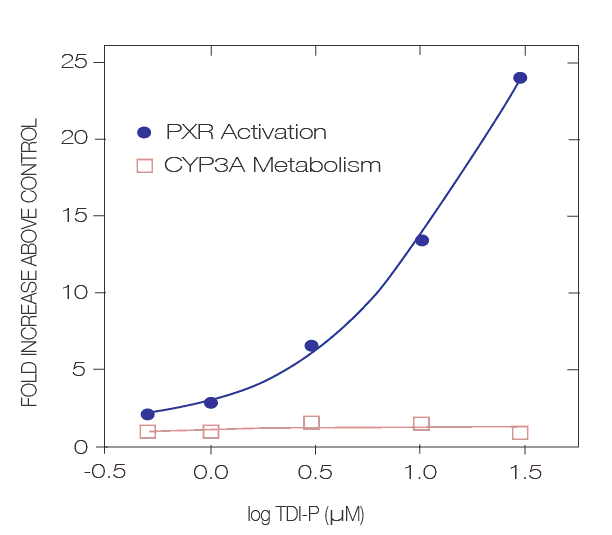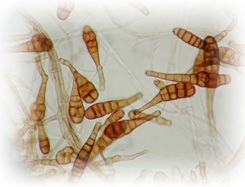
Creating optimal cell culture conditions is one of the biggest challenges in stem cell research. Differences in in vitro and in vivo culture environments can greatly impact experimental results. In addition to essential nutrient components, providing an optimal substrate is crucial to a cell’s viability.
In particular, it is important to consider that cells in vivo generally grow in complex 3D structures, as opposed to the flat 2D sheets inherent in common cell culture techniques.
Among the various strategies and substrates used today for 3D cell culture, the biocompatable HyStem® hydrogels are formulated to be readily customizable in both physical and chemical properties. This way, HyStem hydrogels accommodate the widely variable nature of different cells used in research and are applicable to a range of culture formats allowing every researcher to achieve the most physiologically relevant culture system possible.
What are HyStem Hydrogels?
 HyStem technology is based on the reaction between thiol-modified biopolymers and a thiol-reactive crosslinker to produce a compliant, elastic matrix (a hydrogel). HyStem Hydrogels gel in situ without requiring changes in temperature or pH, and can be used as both a cell culture scaffold and a cell delivery vehicle.
HyStem technology is based on the reaction between thiol-modified biopolymers and a thiol-reactive crosslinker to produce a compliant, elastic matrix (a hydrogel). HyStem Hydrogels gel in situ without requiring changes in temperature or pH, and can be used as both a cell culture scaffold and a cell delivery vehicle.
The HyStem hydrogel matrices are based on hyaluronic acid (HA), a glycosaminoglycan with excellent water retention capabilities. HA is a natural component of the extracellular matrix (ECM) that is conserved in many tissues and species, abundant in embryos, and found in the microenvironments surrounding stem cells.
Within the HyStem system, thiol-modified hyaluronan (Glycosil®) serves as the backbone biopolymer. A combination of thiol-modified hyaluronan and collagen (Gelin-S®) provides cell attachment sites and the addition of heparin (Heprasil®) allows for slow release of growth factors. The crosslinker (Extralink®) is a thiol-reactive polyethylene glycol diacrylate (PEGDA) that covalently reacts with the thiol groups to form a transparent hydrogel.
Why use HyStem hydrogels for cell culture?
In addition to being fully-defined and consisting of components that mimic a native ECM, a further advantage of HyStem hydrogels over other matrices, is that they are easily customizable. Generally, stem cells depend on specific ECM components to grow and differentiate. To affect specific cell performance, components such as growth factors or ECM proteins can easily be incorporated covalently or non-covalently into HyStem hydrogels.
Research has shown that in addition to soluble induction factors, the rigidity of a substrate on which cells are grown has a significant influence on the lineage specificity of the cell. When cells attach to a substrate (as with the ECM in vivo), they sense the rigidity and respond by remodeling their cytoskeleton according to the substrate’s stiffness. The stiffness of HyStem hydrogels can be easily varied to manipulate the development of cells and tissues so they physiologically mimic cells grown in vivo.
HyStem selection table
| HyStem | HyStem-C | HyStem-HP | |
|---|---|---|---|
| Highlights | Blank-slate substrate – completely customizable | Good starter kit with incorporated collagen binding sites | Allows simultaneous growth factor, drug, and cell delivery in vivo, less growth factor required |
| Fast (30 mins), easy-to-use, safe (no by-products) • Substrate mimics native tissue • 3D use in vitro and injectable for in vivo applications • Components are translatable for clinical use | |||
| Features | Xeno-free | Collagen provides general attachment protein for wide range of cells | Growth factors added to gel mixture ionically bind with heparin for a slow, more controllable release |
| Formulation and rigidity can be customized to vary stiffness, component concentration, and gelation time, ECM proteins can be introduced covalently through thiol bonds • Chemically-defined | |||
| Components |
|
|
|
The following cells have been cultured using HyStem
- Human embryonic stem cells (H9s)
- Umbilical cord blood CD34+ stem cells
- Hepatic stem cells
- Hepatic progenitor cells
- Adipose-derived stem cells
- Cardiomyocytes
- Mesenchymal stem cells
- Bone marrow-derived mesenchymal stem cells
- Neural progenitors
- Pancreatic islet cells
- A549 lung cancer cells
- HUES-7 hESCs
- Fibroblasts
Interested in using or learning more about HyStem?
Leave your questions or comments below!



